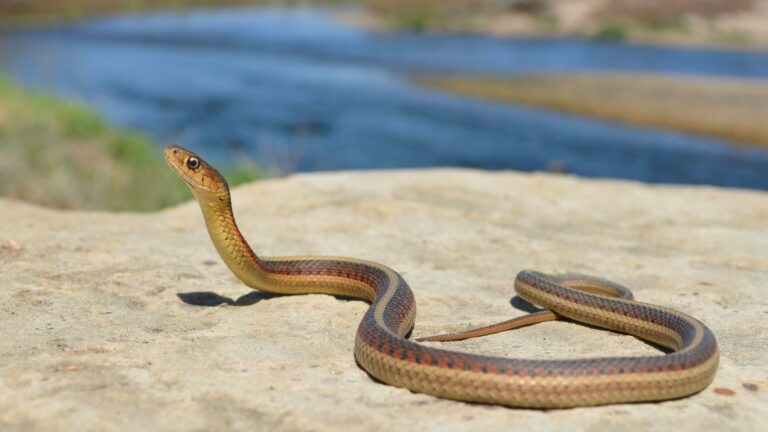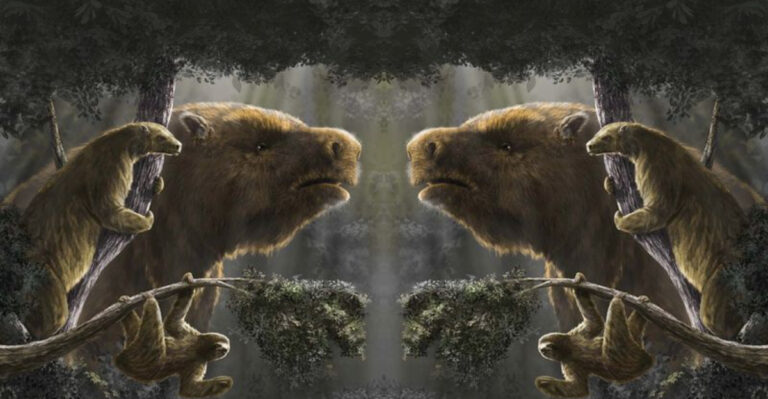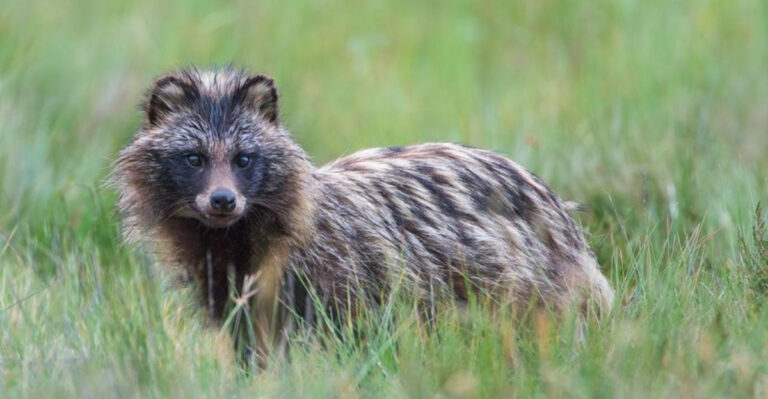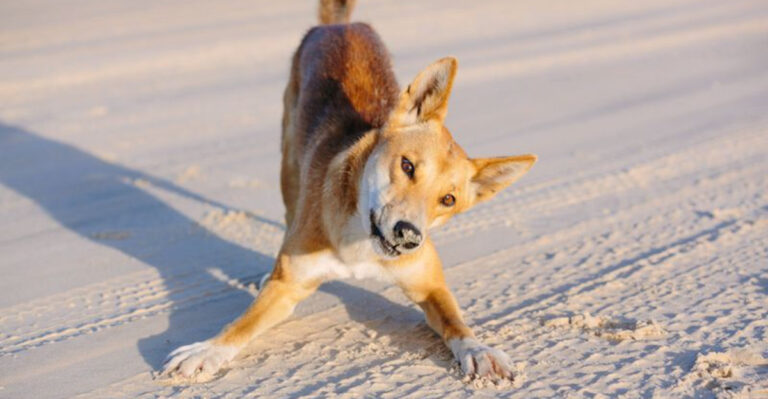Everything You Need To Know About Pandas
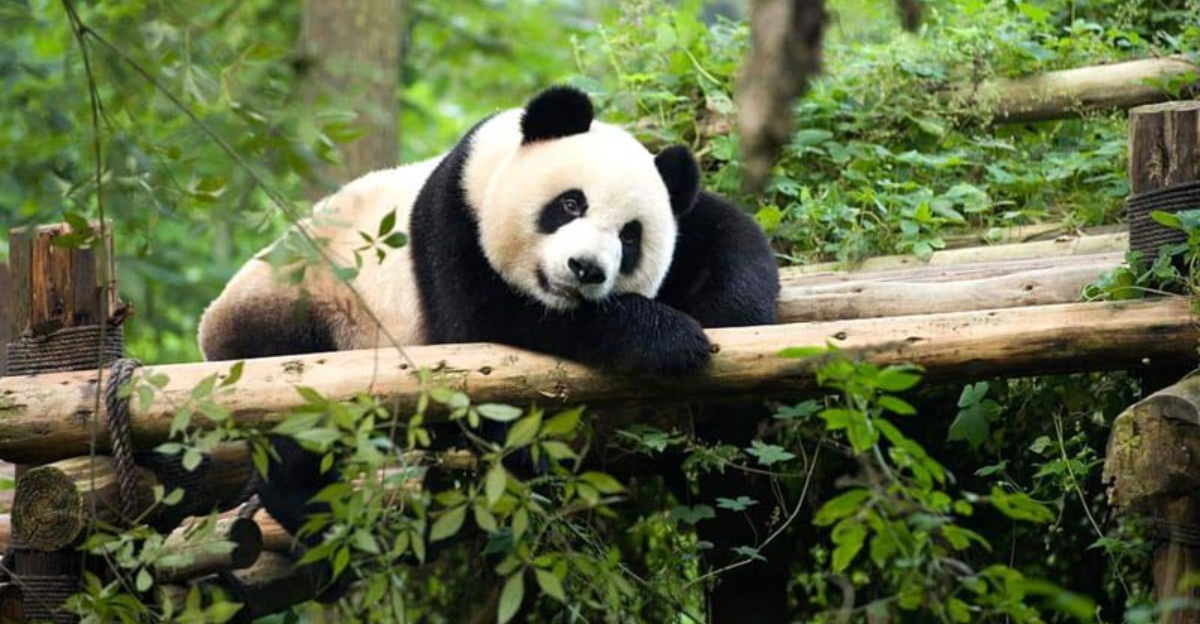
Ever wondered what makes those black and white fuzzballs so special? Giant pandas capture hearts worldwide with their adorable antics and bamboo-munching habits.
They’re more than just cuddly faces at the zoo – these fascinating creatures have unique traits and face serious challenges in the wild that many people don’t realize.
1. Not Actually Bears… Or Are They?
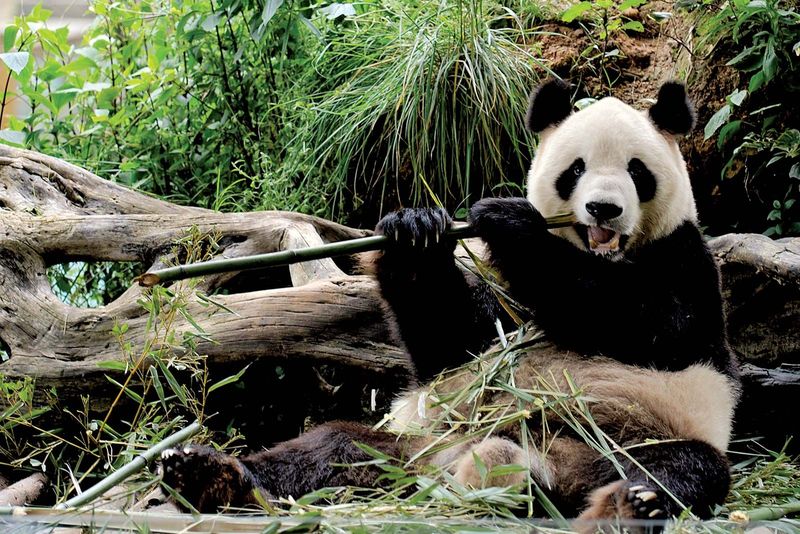
Scientists played ping-pong with panda classification for decades! Once grouped with raccoons due to similar diet and wrist bones, DNA evidence finally settled the debate in the 1980s.
Pandas officially belong to the bear family Ursidae, though they evolved separately from other bears about 19 million years ago. Their unique bamboo diet makes them the odd cousins of the bear world.
2. Bamboo Buffet Champions
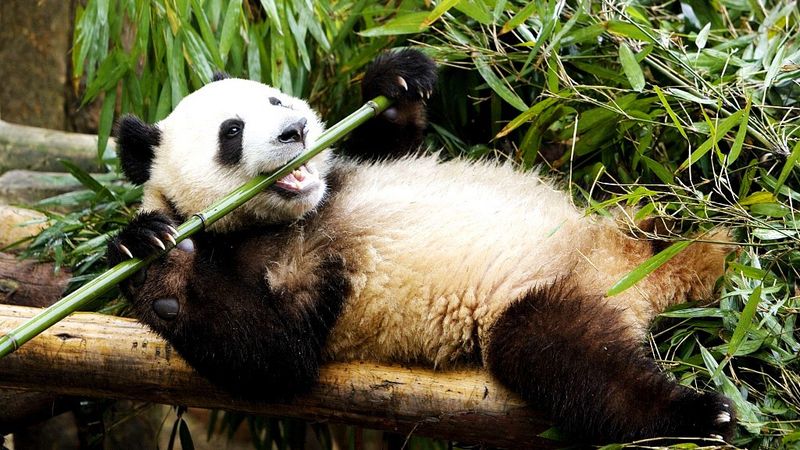
Imagine spending 12 hours daily just eating! Pandas devour an astonishing 20-40 pounds of bamboo every day because their digestive system isn’t actually designed for it.
Despite having a carnivore’s digestive tract, they’ve adapted to a plant-based diet. Their bodies only extract about 20% of nutrients from bamboo, forcing these munching machines to eat constantly just to survive.
3. Thumb-Like Wrist Bone

Look closely at a panda’s paw and you’ll spot something extraordinary – a modified wrist bone that works like an opposable thumb! This special adaptation helps them grip bamboo stems with impressive dexterity.
The “pseudo-thumb” evolved specifically for bamboo handling, allowing pandas to strip leaves and hold stalks while eating. It’s one of nature’s clever workarounds that helped pandas survive in their specialized niche.
4. Newborn Cubs Are Tiny
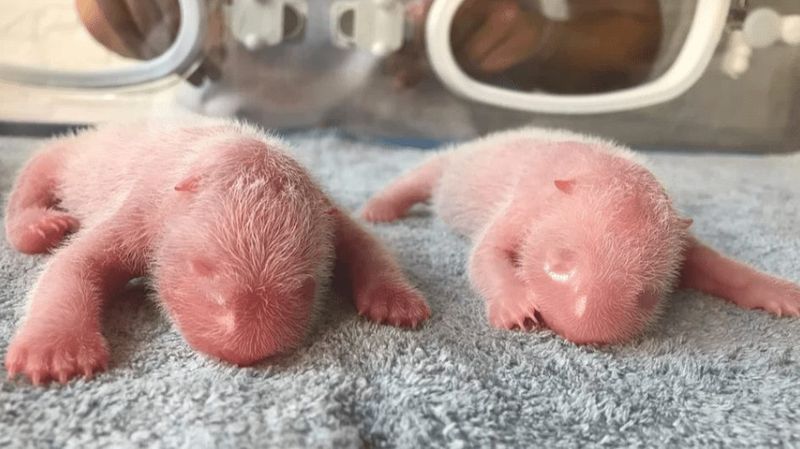
Baby pandas enter the world surprisingly small – about the size of a stick of butter! Weighing just 3-5 ounces at birth, they’re 1/900th of their mother’s size, making them among the smallest newborn mammals relative to adult size.
Pink, hairless, and blind, these vulnerable cubs depend entirely on mom. They don’t develop their iconic black and white markings until they’re about three weeks old.
5. Black And White For A Reason
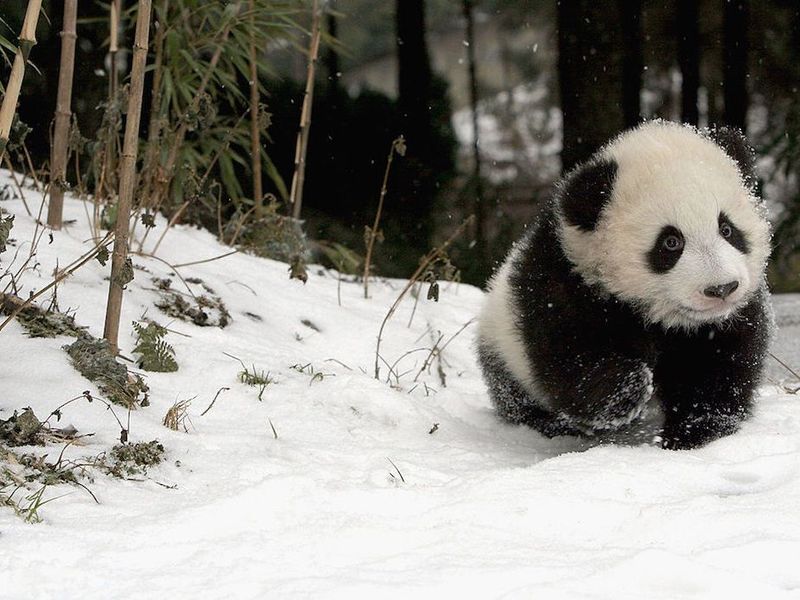
Their iconic coloring isn’t just for looking cute! Scientists believe pandas’ contrasting black and white pattern serves as camouflage in their natural habitat.
The white helps them blend with snowy mountain landscapes, while black limbs disappear among dark shadows of forests. Their black eye patches might reduce glare from sun, similar to how athletes use eye black. Function meets fashion in panda world!
6. Solitary But Chatty Creatures
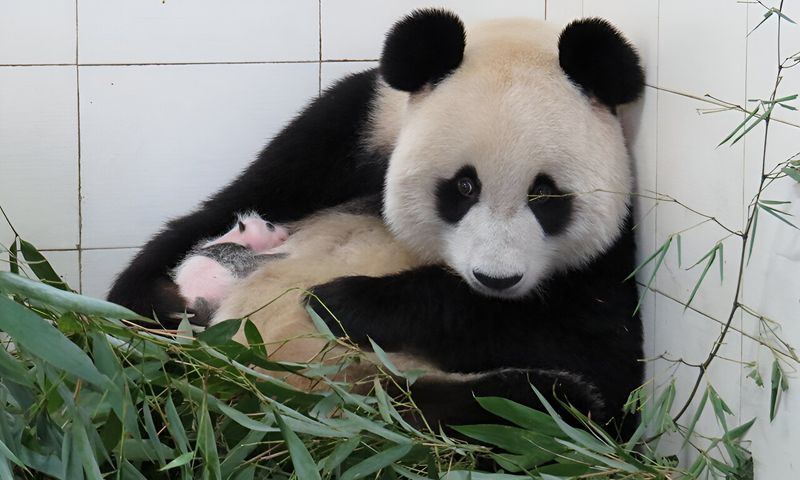
Despite their cuddly appearance, wild pandas prefer the solo life! Adults maintain separate territories and only meet up during brief mating seasons.
Don’t mistake them for silent loners though – pandas have an impressive vocal repertoire with over 11 different calls. They bleat, bark, honk and even growl to communicate everything from mating interest to territorial warnings.
7. Powerful Jaws And Teeth
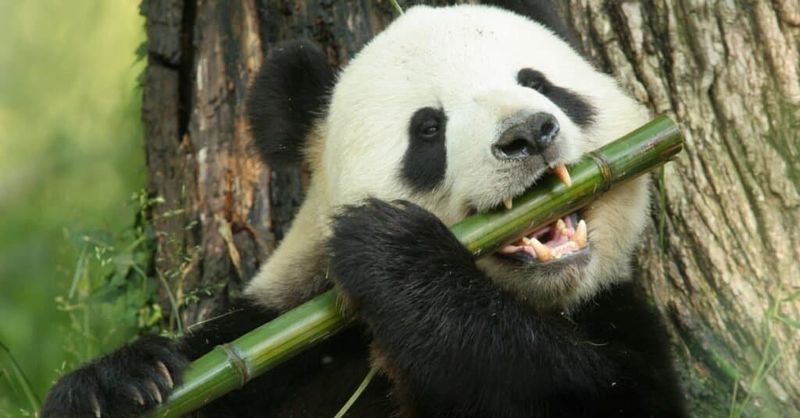
Behind those adorable faces lie some serious chompers! Pandas pack powerful jaw muscles and molar teeth that would make a dentist marvel.
Their specialized flat molars and premolars crush tough bamboo with ease. Panda jaw muscles generate enough force to potentially crack walnuts! These adaptations allow them to process over 10,000 bamboo stalks in a single day.
8. Surprisingly Poor Breeders

Female pandas enter the dating scene for just 2-3 days each year! This incredibly narrow fertility window makes reproduction challenging, even before habitat loss entered the equation.
Add in their naturally low birth rates, frequent twin births where usually only one survives, and picky mate selection, and you’ve got a conservation nightmare. Captive breeding programs have made strides, but natural reproduction remains a major hurdle.
9. Diplomatic Animal Ambassadors
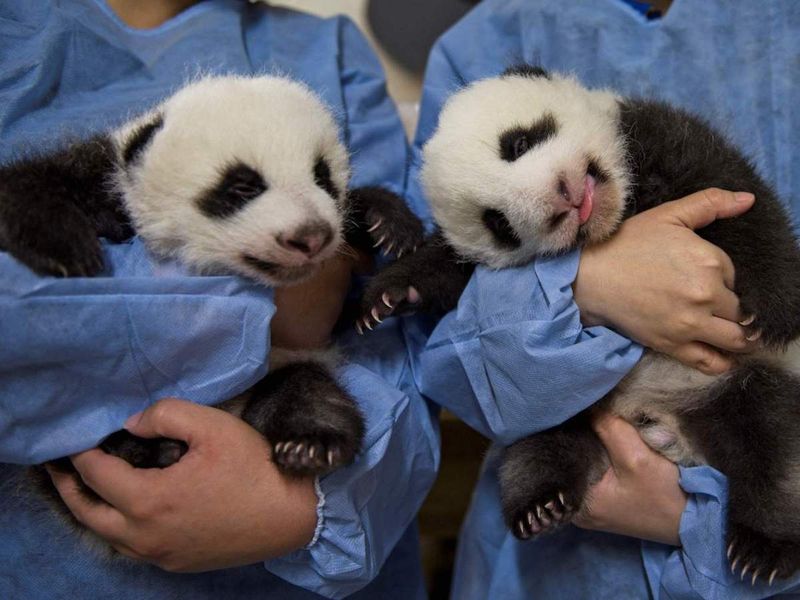
Move over, diplomats – pandas have been international peace symbols since the Tang Dynasty! China’s tradition of gifting pandas to foreign nations, known as “Panda Diplomacy,” dates back over 1,300 years.
Modern panda loans to zoos worldwide cost receiving countries around $1 million annually. These funds support conservation efforts while strengthening China’s relationships with partner nations. Talk about fluffy foreign policy!
10. No Hibernation Needed
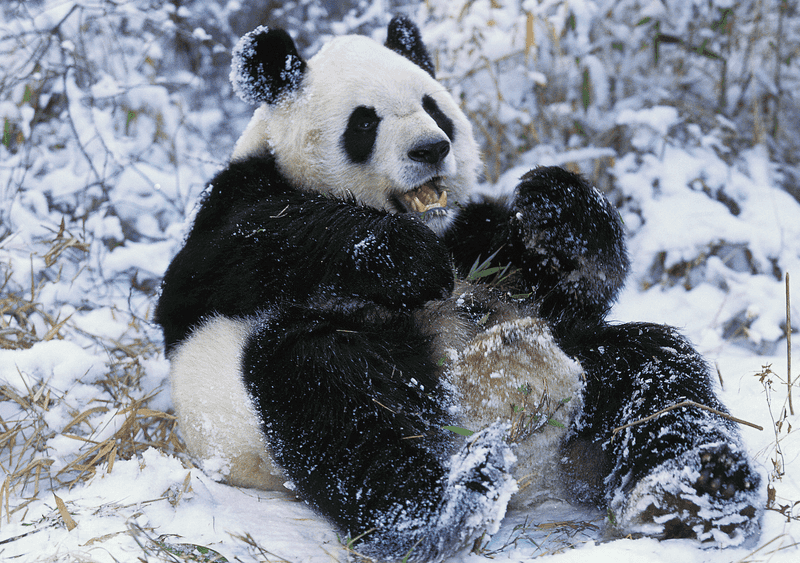
Unlike their bear cousins, pandas skip the winter snooze! Their year-round bamboo diet doesn’t allow for seasonal fat storage necessary for hibernation.
Instead of hunkering down, pandas simply migrate to lower elevations when winter arrives. They’ll descend from chilly mountain heights to warmer valleys, following their bamboo food source and avoiding the need to sleep away the cold months.
11. Conservation Success Story
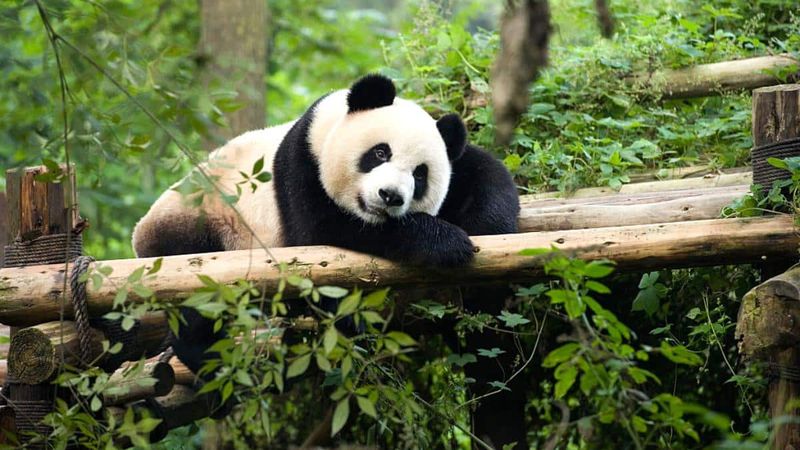
From the brink of extinction to a conservation win! Panda numbers have climbed from fewer than 1,000 in the 1980s to over 1,800 in the wild today.
In 2016, their status improved from “endangered” to “vulnerable” on the IUCN Red List. China has created 67 panda reserves, protecting nearly 70% of their population. While challenges remain, their recovery shows what focused conservation efforts can achieve.



